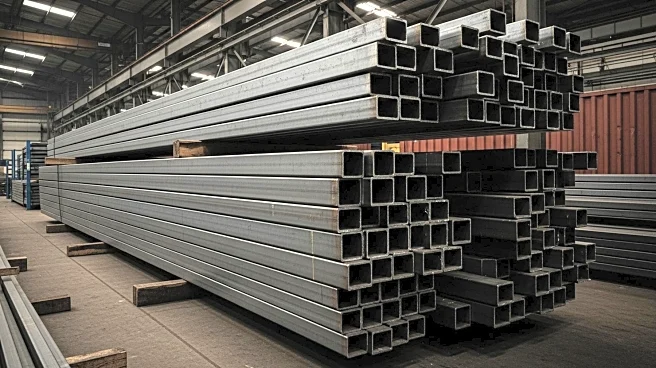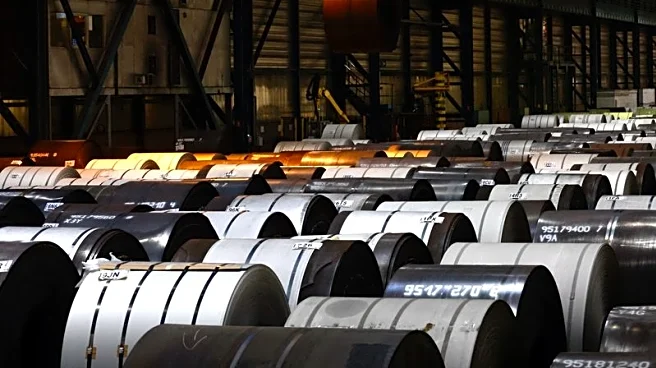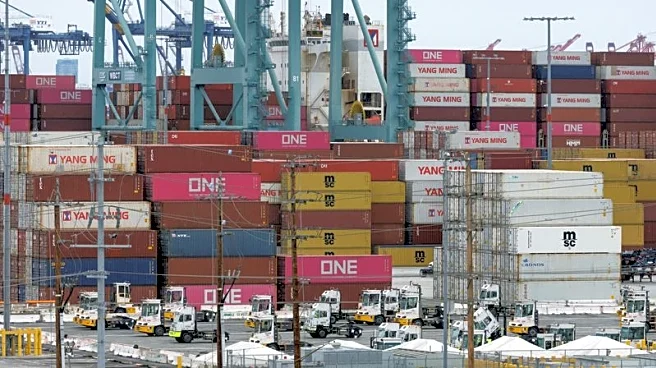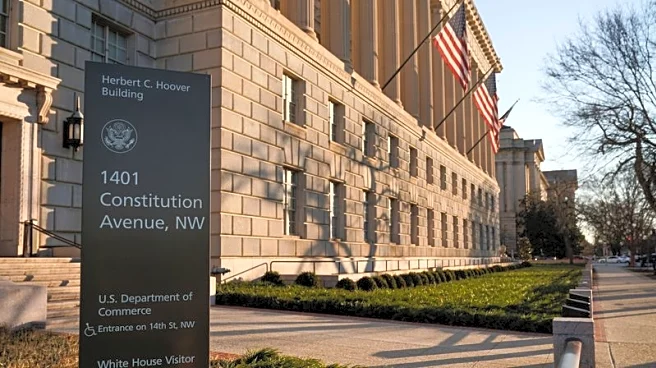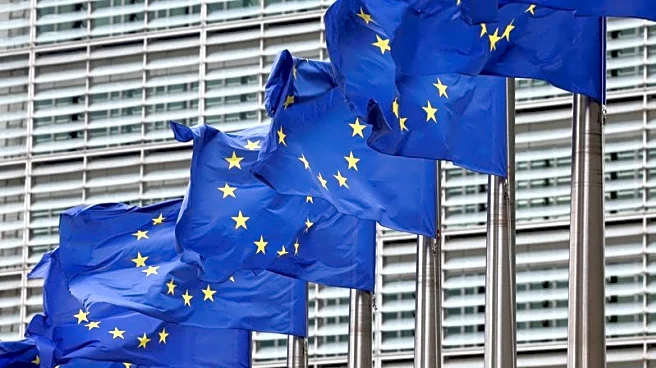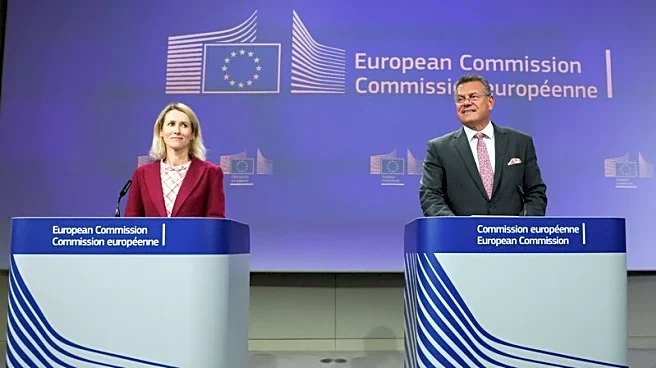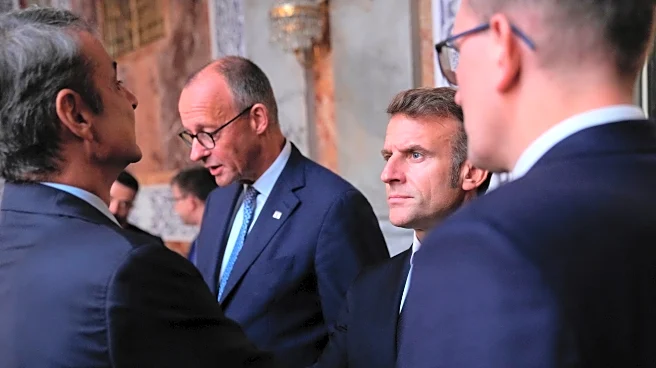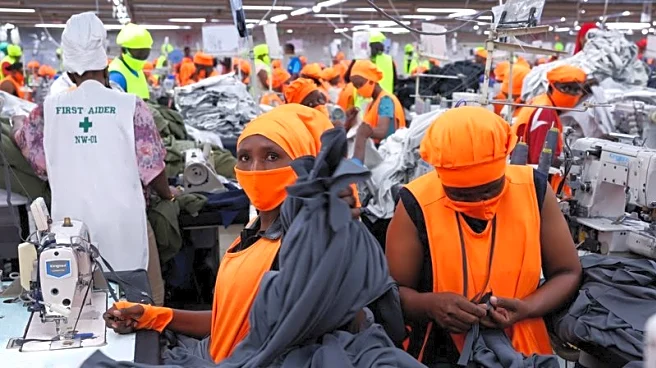What is the story about?
What's Happening?
The European Commission is set to propose a significant reduction in steel import quotas and an increase in tariffs on excess volumes to 50%, aligning with measures already in place in the United States and Canada. This proposal is part of a new package for the steel sector, scheduled to be unveiled on October 7. The current steel import safeguards in the EU are due to expire in mid-2026, as per World Trade Organization rules. Steel industry groups have been advocating for a reduction in quotas and an increase in tariffs, citing a decline in demand and an excess capacity issue exacerbated by subsidized Chinese factories. The EU aims to address these challenges by aligning its tariff rates with those of its Western allies.
Why It's Important?
The proposed changes in steel import quotas and tariffs by the European Commission are significant for the global steel industry, particularly for U.S. stakeholders. By aligning its tariffs with those of the U.S. and Canada, the EU is taking a unified stance against excess global steel capacity, which is largely attributed to subsidized production in China. This move could potentially stabilize the steel market and protect domestic industries from unfair competition. For U.S. steel producers, this alignment may offer a more level playing field in international trade, potentially boosting competitiveness and market share. However, it may also lead to increased costs for industries reliant on steel imports, affecting pricing and supply chain dynamics.
What's Next?
The European Commission's proposal is expected to be officially announced on October 7, following consultations with steel associations and unions. The EU is also exploring potential aluminum safeguards and export duties on scrap metal, indicating a broader strategy to protect its metal industries. Additionally, the EU is working closely with the United States in a 'metals alliance' to safeguard their production from Chinese influence. This collaboration may lead to further negotiations and agreements between the EU and the U.S., potentially replacing existing tariffs with a quota system, as discussed in a recent U.S.-EU deal.
Beyond the Headlines
The proposed tariff changes reflect broader geopolitical and economic strategies aimed at countering China's influence in the global steel market. By forming alliances and aligning policies with Western allies, the EU is positioning itself as a key player in the global trade landscape. This development may have long-term implications for international trade relations and could influence future policy decisions regarding other industries affected by global competition and capacity issues.
AI Generated Content
Do you find this article useful?





